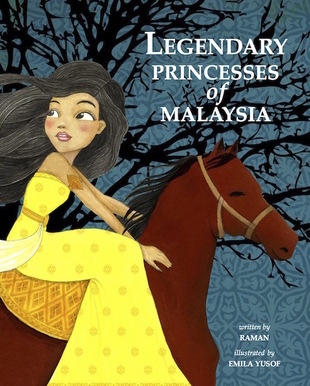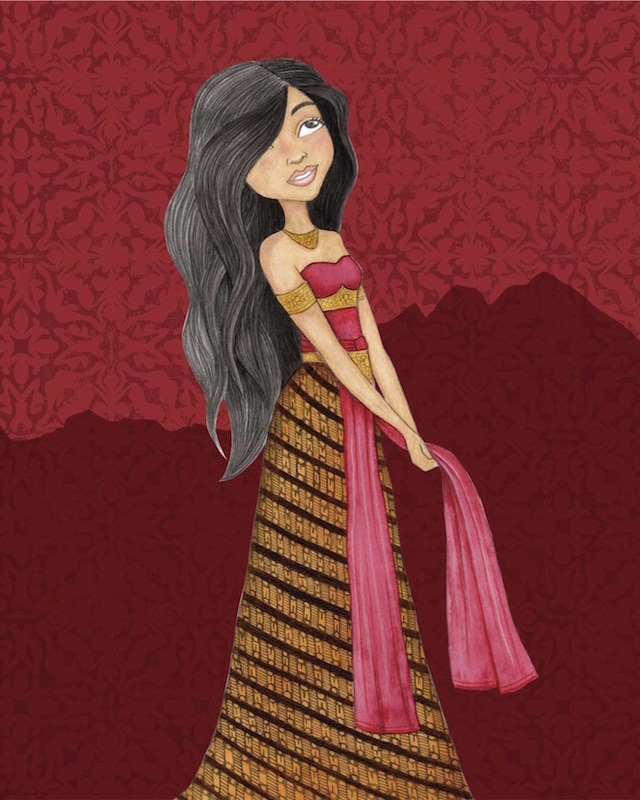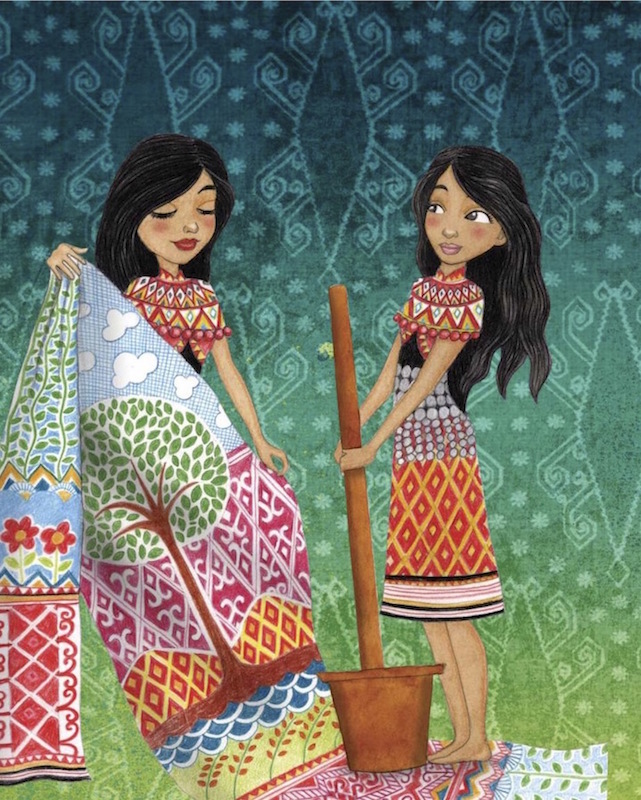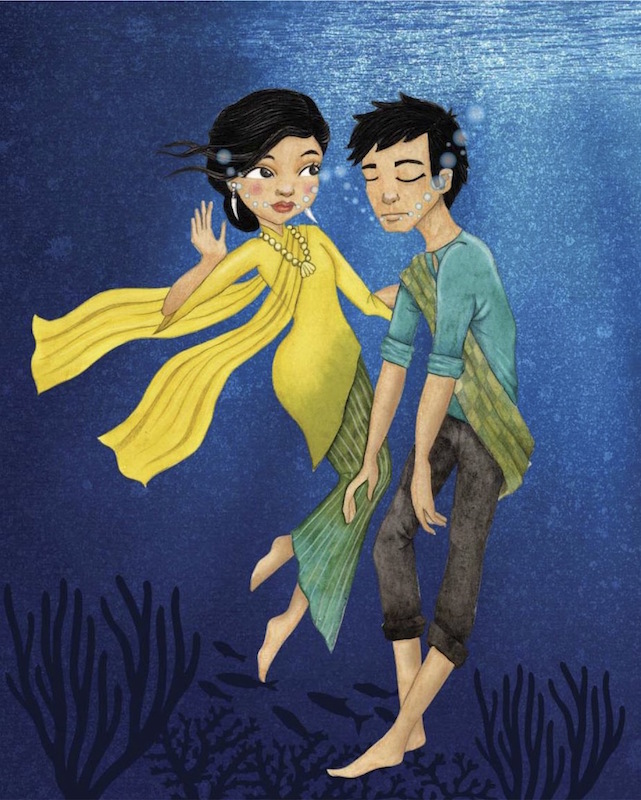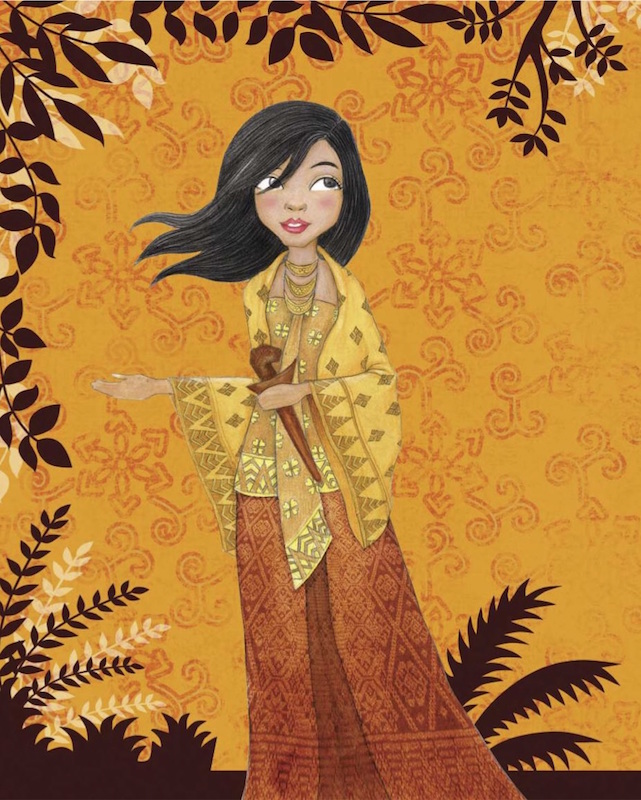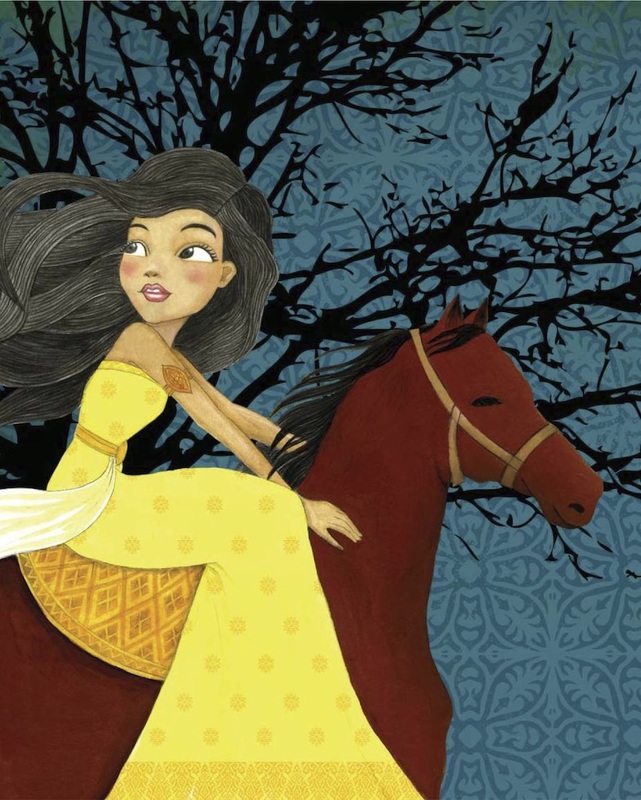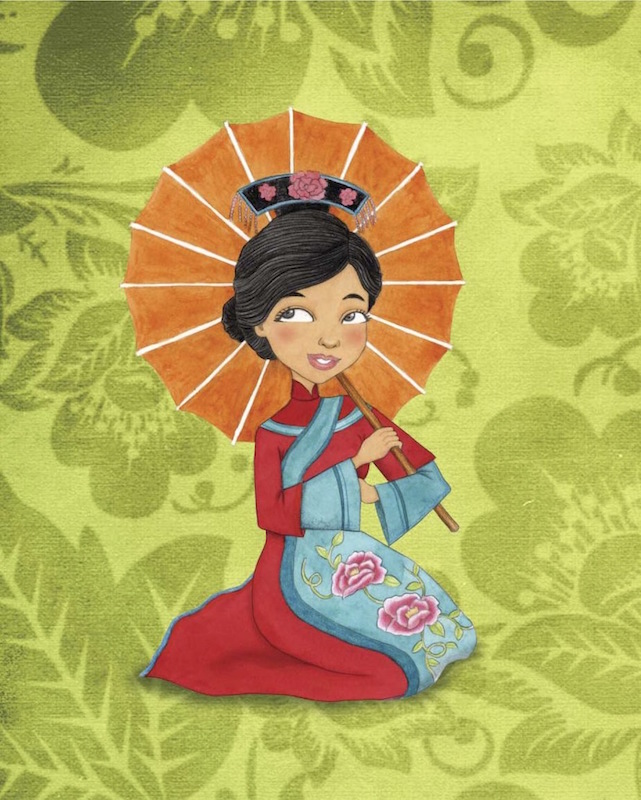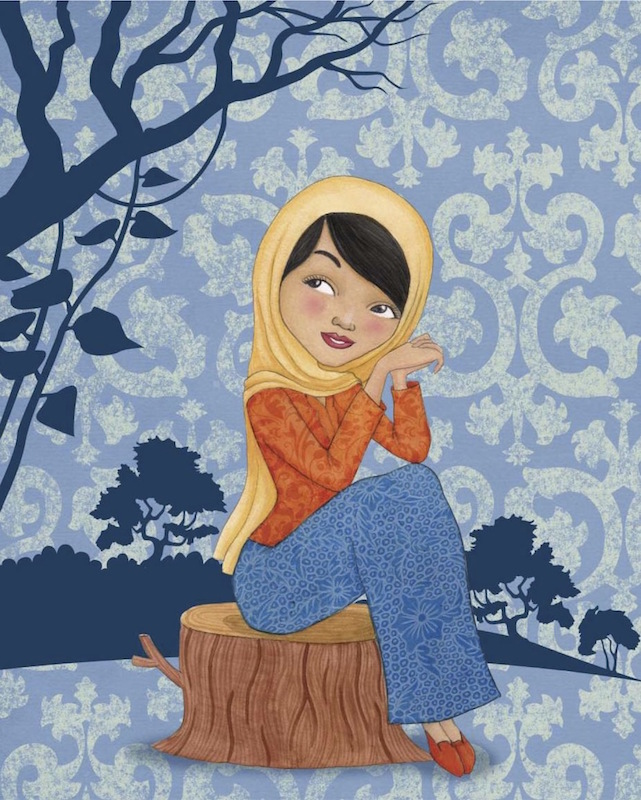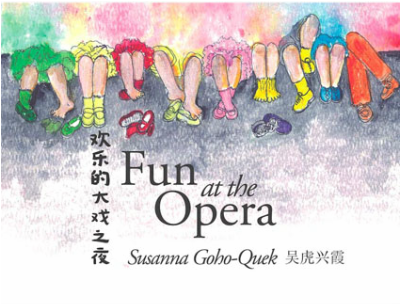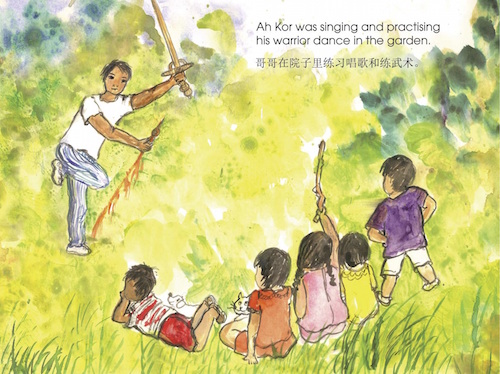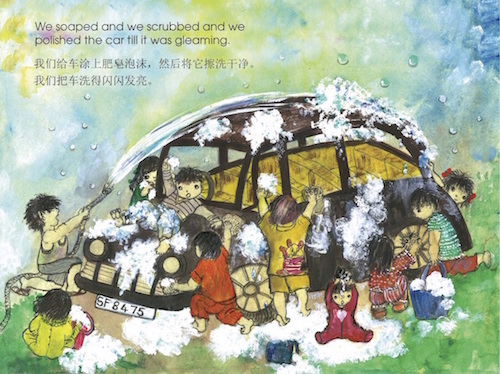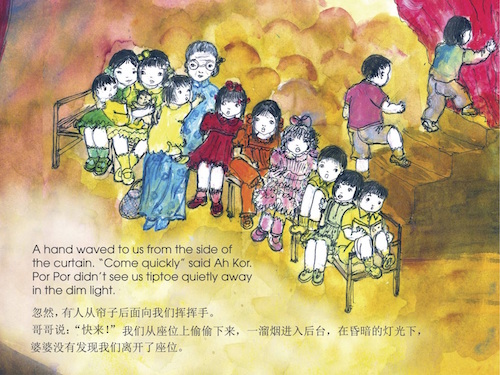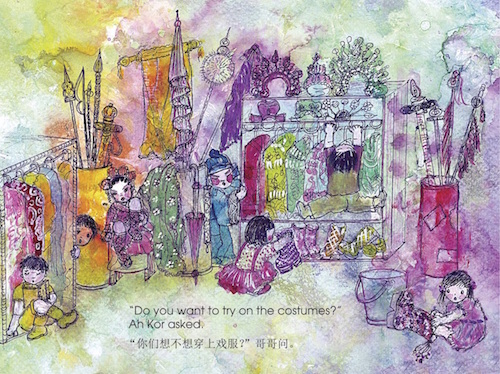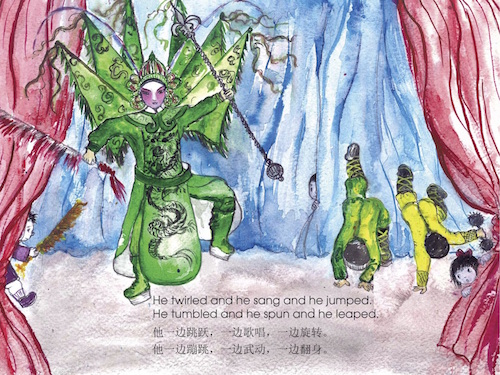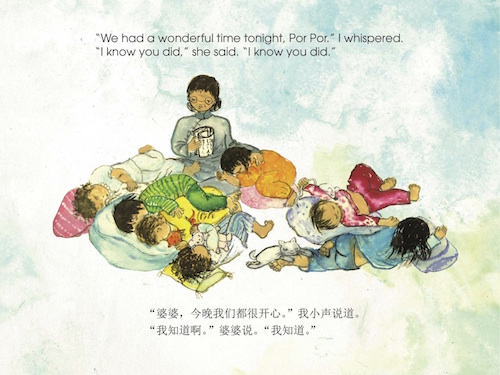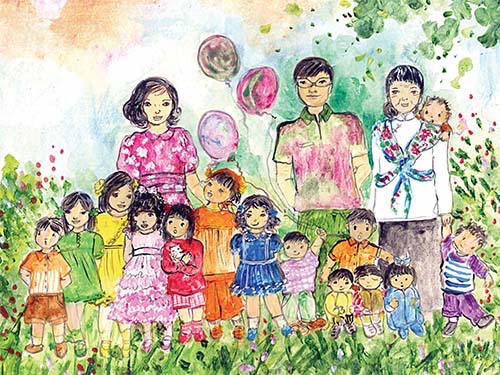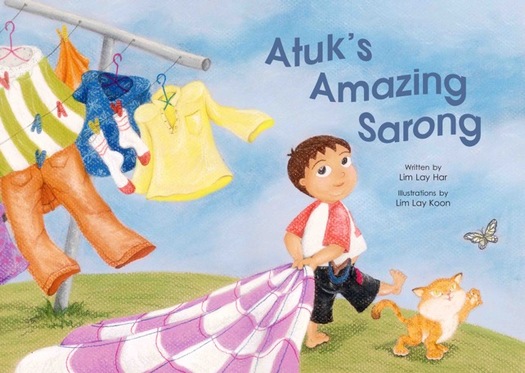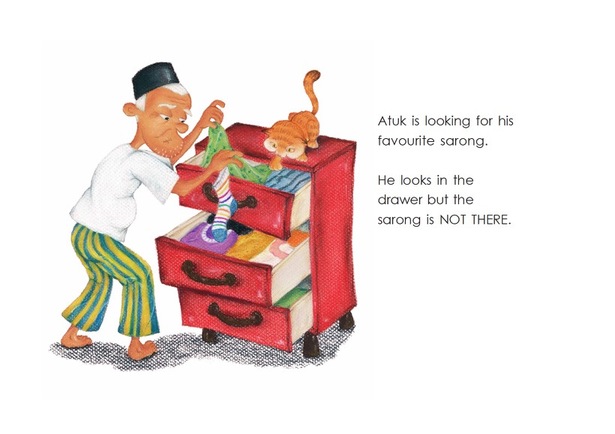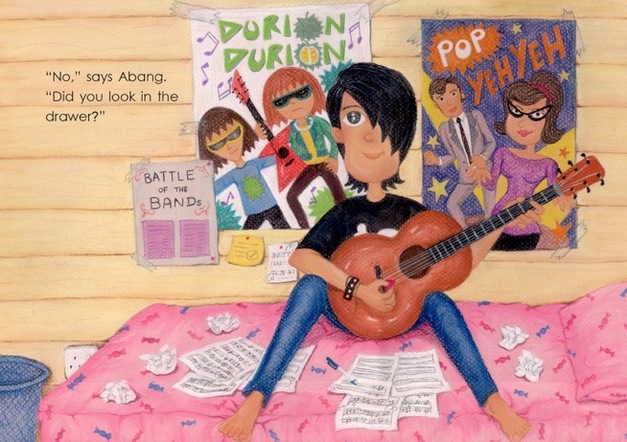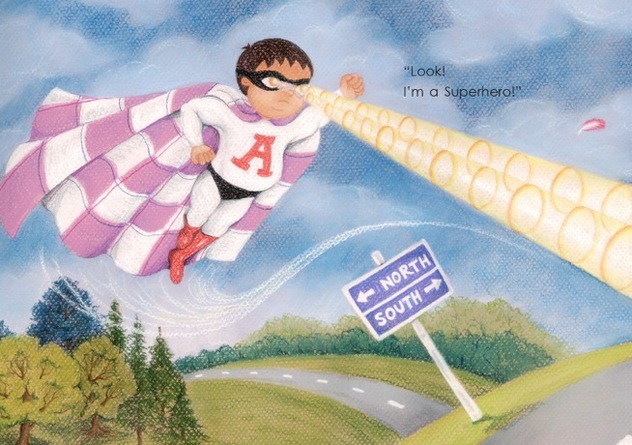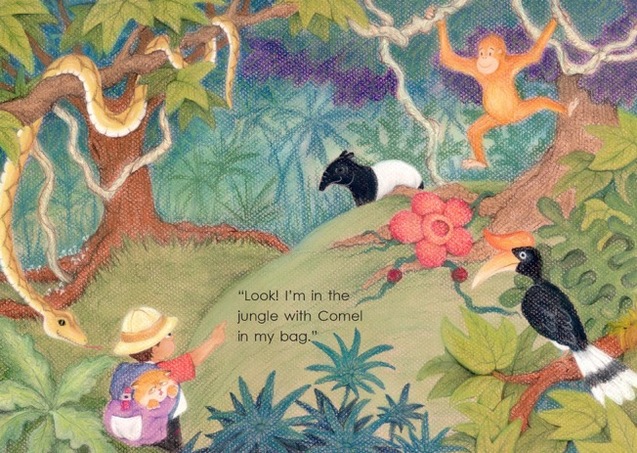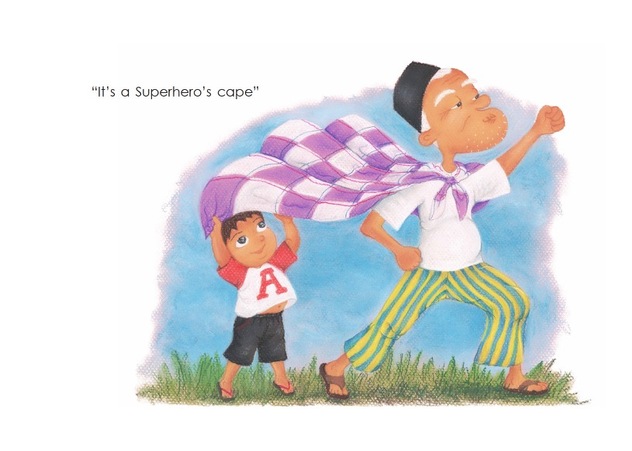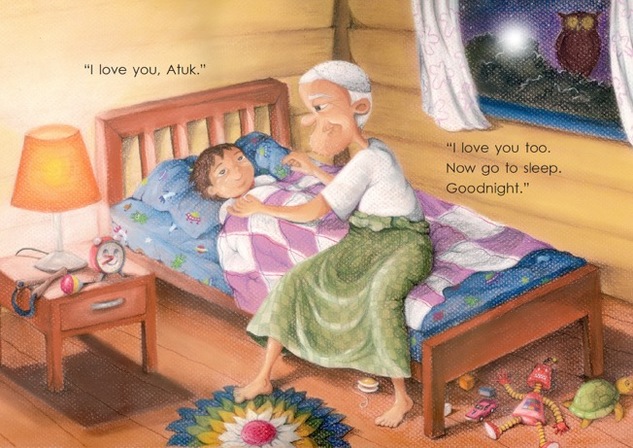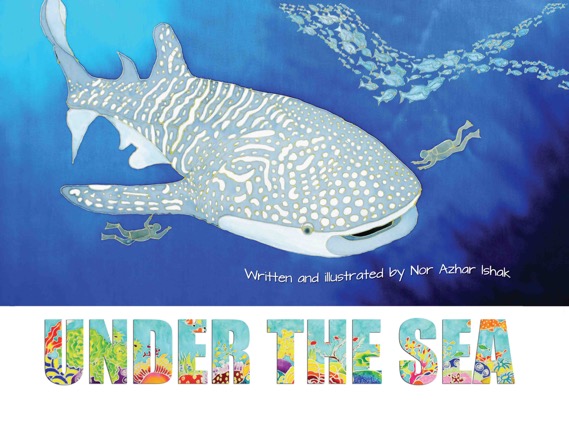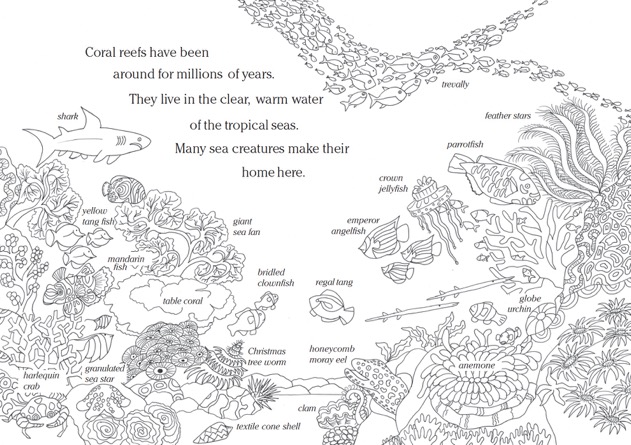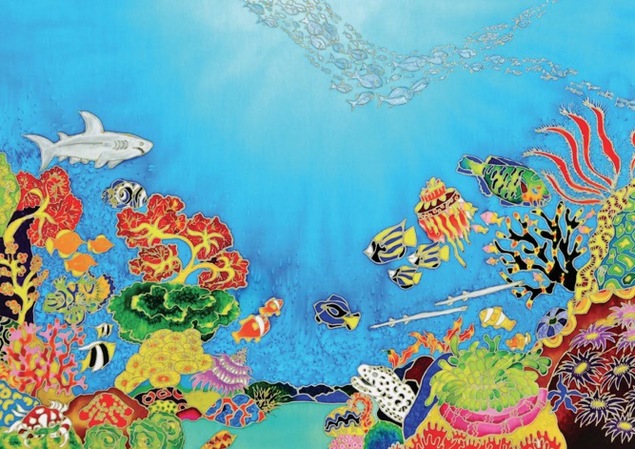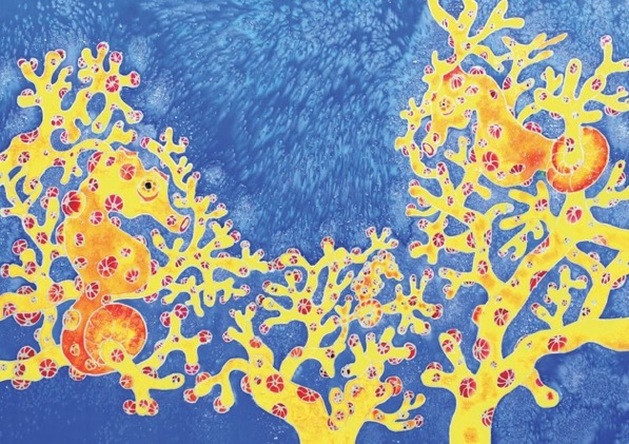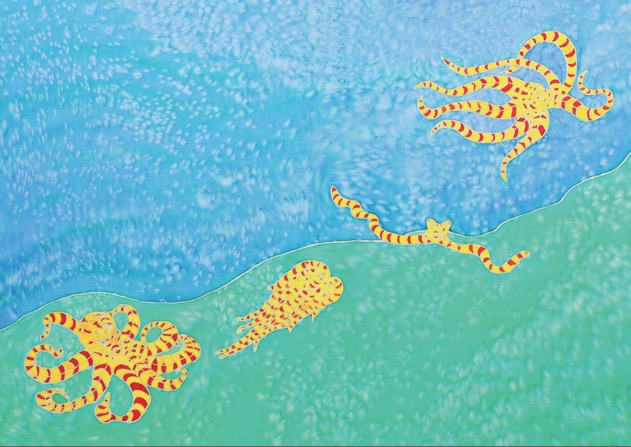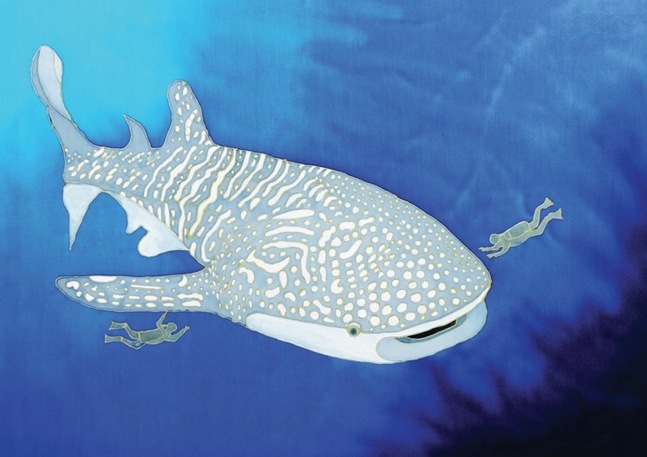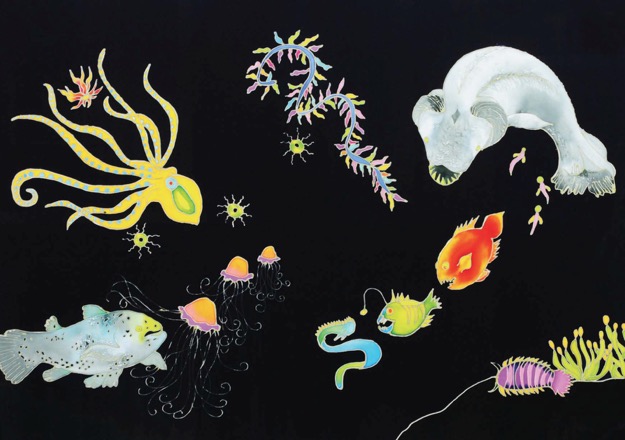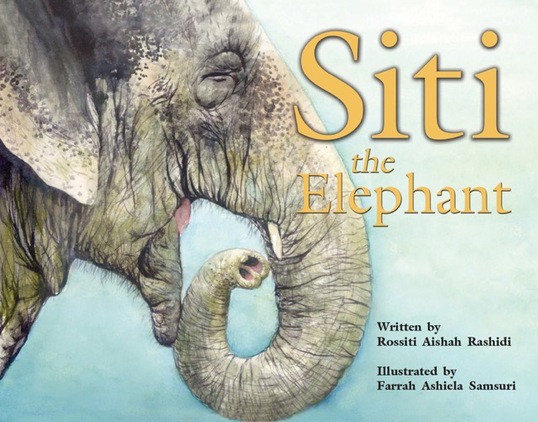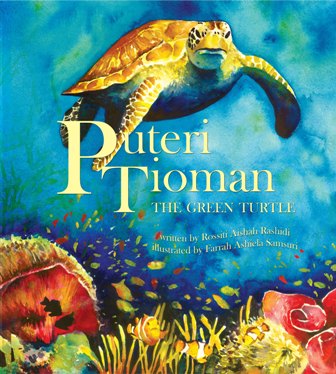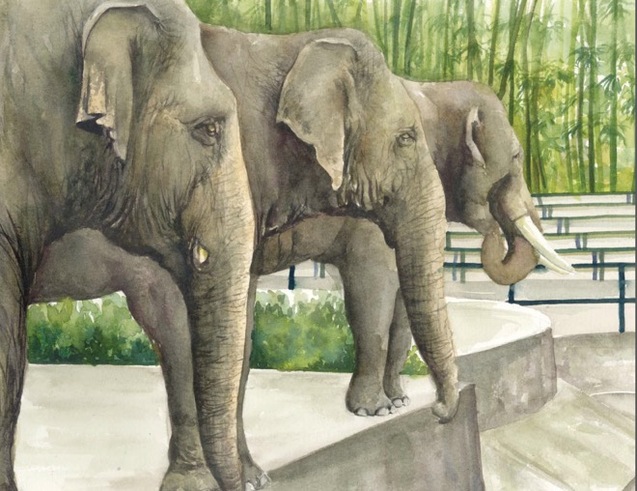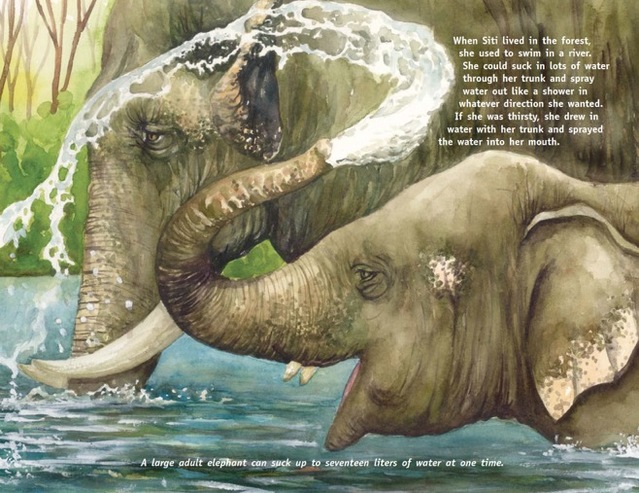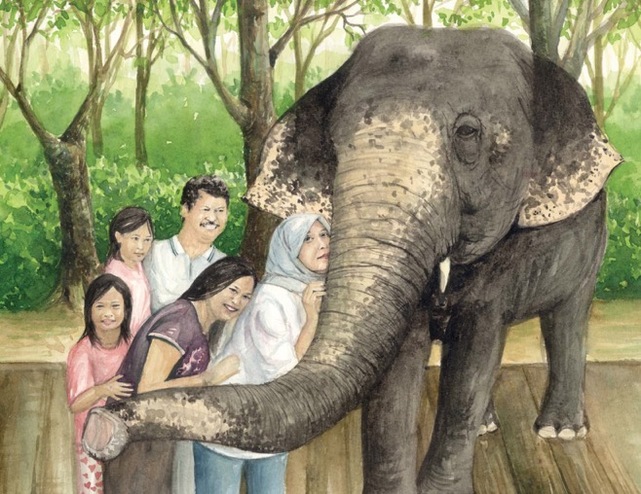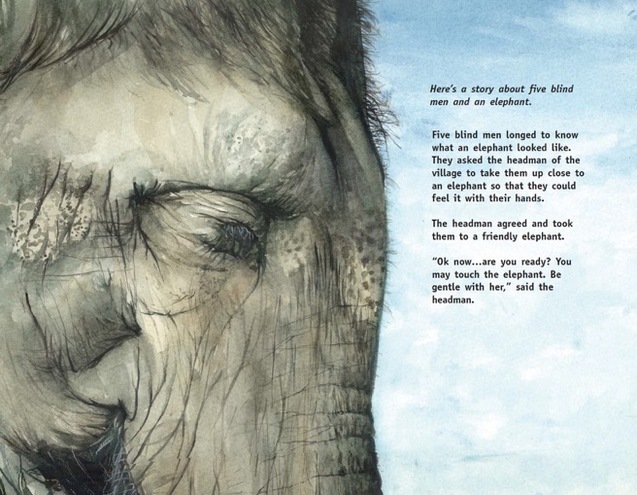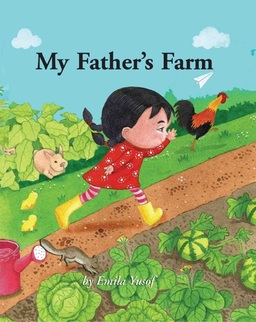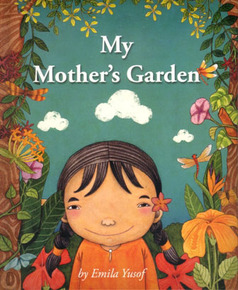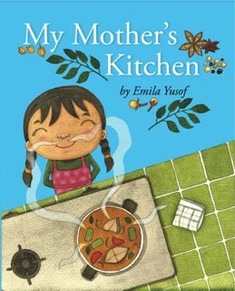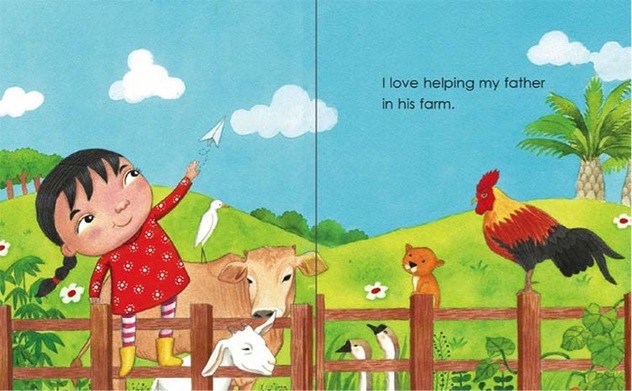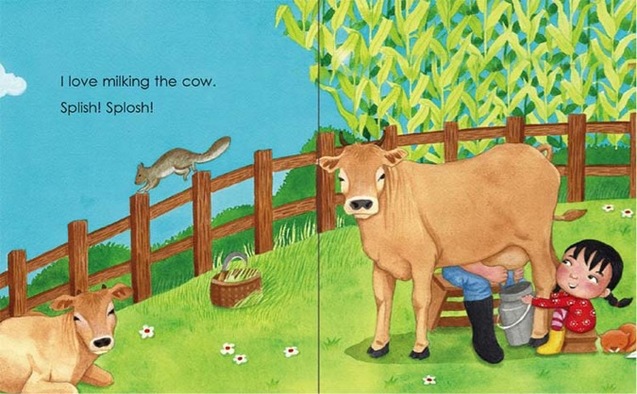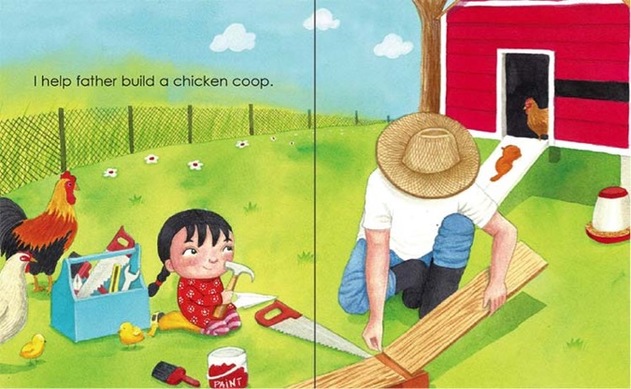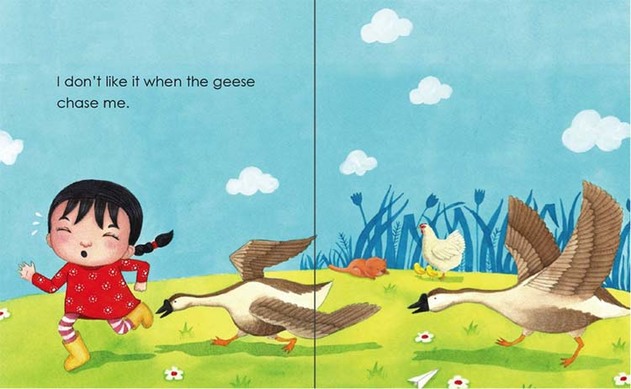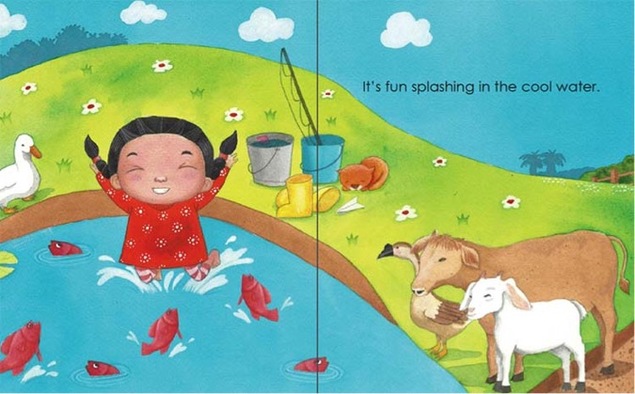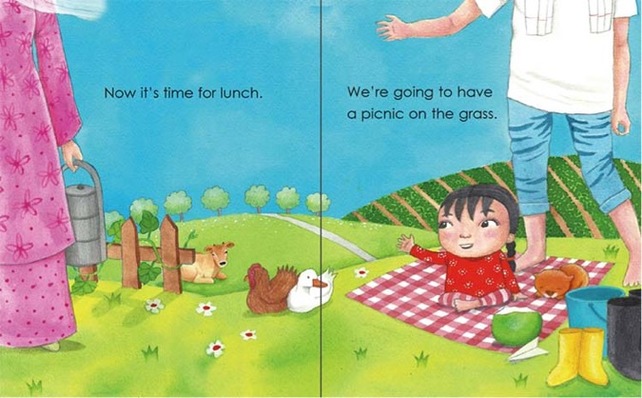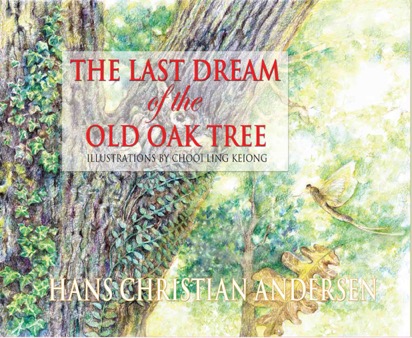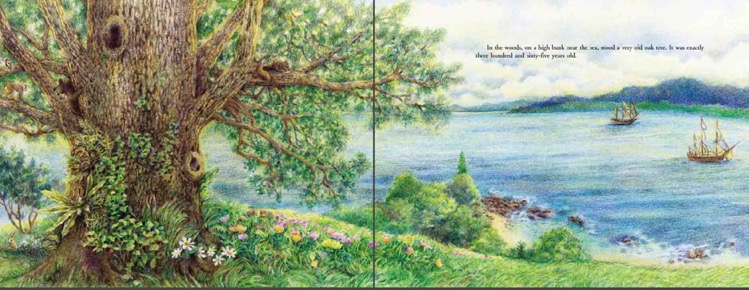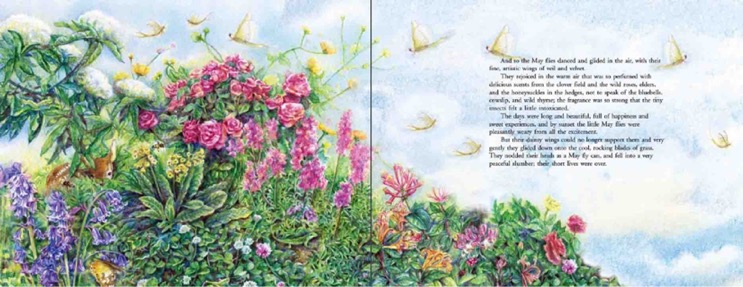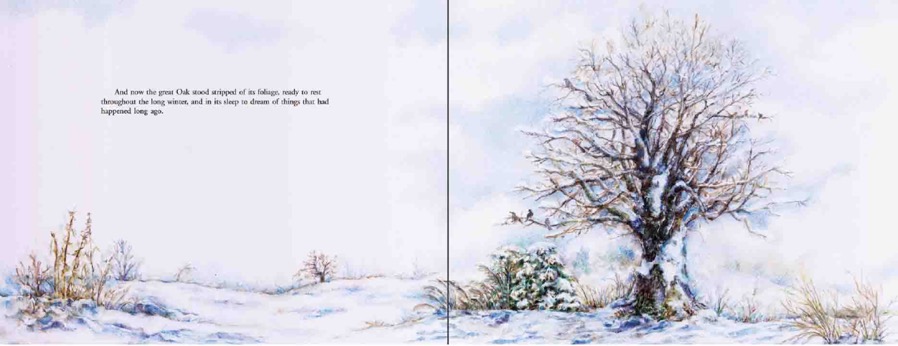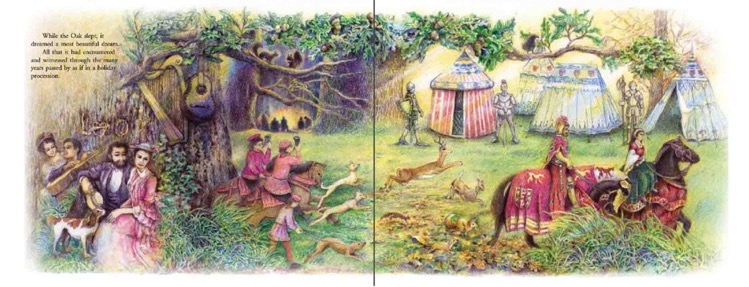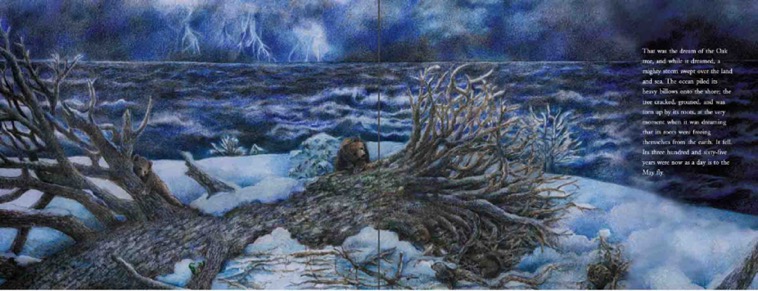Author : Raman |
| At last we have a book about Malaysia’s princesses. Malaysian children have been immersed for years in tales about foreign princesses such as Snow White and many others. Now they can read about their own princesses, all beautiful, brave and wise. Many of them were warriors and some fairy princesses with a wonderful story the equal of anything from Disney. Some are historical figures though their stories have surely been embellished over the years. The first princess, Princess Gunung Ledang is perhaps the best known of all the fairy princesses as she is reputed to have made impossible demands of the Sultan Mansur Shah of Malacca when he proposed marriage. She lives even to today, at the top of Mount Ledang in Johor and is still as beautiful as ever. |
Other fairy princesses include two beautiful sisters, Princess Santubong and Princess Sejinjang who lived in the sky and painted the land but who fell out and shared a tragic end. Princess Ulek, another fairy princess, ruled the sea. When her sisters fell in love with a young fisherman she made them give him up and send him back to land and his village.
Princess Cik Siti Wan Kembang from Kelantan was known to have been a real beauty, skilled in martial arts and spoke many languages. She received many visitors who came bearing presents including the small mouse dear or kijang. Until today the kijang appears on the state flag. As she did not marry, she adopted Princess Saadong, the daughter of a close friend. Princess Saadong bravely defended her kingdom against the King of Siam. She finally gave in to him but got her own back and saved her honour and her kingdom.
When we turn the page we see the figure of a demure Chinese girl, Princess Hang Li Po who is reputed to have come from China and married Sultan Mansur Shah of Malacca becoming his fifth wife. The story goes that she travelled with five hundred beauties as her attendants who married into the local population giving rise to the Nyonya people who are famous for their cooking, their dress and culture.
And then there was Princess Bidasari who was mistreated by her stepmother but eventually married the king . . . sounds familiar.
In his foreword to the book, Raman describes the research that he carried out when preparing these stories and provides us with his interpretation of some of them. Emila’s illustrations of the princesses are bold and beautiful.
Add this book to your bookshelf!
2 Comments
Author : Susanna Goho-Quek
Illustrator : Susanna Goho-Quek
Publisher's Review : Peter Duke
What a wonderful story of a night that Susanna went to the opera with her siblings and cousins. Yes this story really happened! Her mother was the manager of a Chinese opera troupe. The main characters include, Susanna herself as a child, Susanna’s grandmother, Por Por, who took the troupe of children to the opera and her elder brother who was the star. The story is told in both English and Chinese and brings back to life a much loved art form that is seldom seen these days.
Susanna has captured the behaviour, the fun and the antics of children living in a large family. The story starts in the garden of her house watching her older brother Ah Khor practice for his performance at the opera that night.
Susanna has captured the behaviour, the fun and the antics of children living in a large family. The story starts in the garden of her house watching her older brother Ah Khor practice for his performance at the opera that night.
Then what fun when grandma announces that she is going to take them to the opera to watch Ah Khor perform. There is much to do before they can go. Of course they have to dress in their best clothes but before that they have to help wash the car. Looks as if there is more soap and water on Susanna’s brothers and sisters and cousins than the car.
When they are scrubbed and dressed they pack into the car and set off for the opera. Once there they make their way to their seats and sit with Por Por waiting for the show. But they began to get impatient.
Of course they are up to mischief! There are some lovely pictures of the children back stage with Ah Khor and other stars. They try on make up, they dress in opera clothes and they cavort around pretending they are in the chorus.
The opera begins and the children sit mesmerised as they watch the actors and listen to the music and singing. Then Ah Khor appears to thunderous applause. What a star! He looks wonderful in his costume and delights the audience with his performance.
Once the performance is over it’s off home and sleep as Por Por sings them a lullaby.
At the end of the story Susanna has included a picture of her mother and father with all the children. Can you spot Susanna in the picture?
At the end of the book, the reader is invited back stage with several photos of real performers getting ready for a show.
Author : Lim Lay Har
Illustrator : Lim Lay Koon
Publisher's Review : by Peter Duke
The Lim sisters have produced a really bright cheerful story with a simple story line and colourful illustrations to delight children five to six.
One morning, poor Atuk (grandfather) cannot find his sarong. This is the start of a fun story as Atuk searches for his sarong and his grandson Adik.
One morning, poor Atuk (grandfather) cannot find his sarong. This is the start of a fun story as Atuk searches for his sarong and his grandson Adik.
Atuk looks in the drawer, in the cupboard and on the washing line, but no sarong. He asks his wife and two older grandchildren. Nobody has seen it although each offered helpful advice.
Eventually he wonders if Adik has seen it. But where is Adik? Is he playing games in the garden? No, he’s a superman.
He’s in the jungle.
When Atuk finally finds Adik, he realises his sarong is no ordinary sarong. It’s a superhero’s cape!
Atuk and Adik have a wonderful day together with the super hero’s cape; which is also a lion, a house, a picnic mat… Soon it’s time for bed. Atuk tucks Adik into bed with the superhero bed cover.
Young children will easily relate to this fun story of imagination and play. The language is simple and, with the supporting pictures, parents can use the book to help their young read. The book will be a good addition to the early reader’s book case and a perfect bedtime story.
Author : Nor Azhar Ishak
Illustrator : Nor Azhar Ishak
Publisher's Review : by Peter Duke
Science educator, Nor Azhar Ishak has created an excellent book for children ranging in age from five to ten years. It contains facts on many of the creatures that live under the sea coupled with his colourful illustrations using the batik method of painting on fabric. There is one extra aspect of the book that fascinates children; each illustration is accompanied by a black and white replica that children can colour, with the full colour illustration of the facing page as inspiration!
The black and white picture is full of facts and the names of some of the creatures that abound on reefs as can be seen from this page.
The black and white picture is full of facts and the names of some of the creatures that abound on reefs as can be seen from this page.
Azhar continues his story with more pictures of the reef and its inhabitants including beautiful but poisonous creatures and the shy sea horse. Ask a young reader how many sea horses she or he can spot in the next picture.
We have found that the next illustration amuses many young readers as the small mimic octopus changes its shape to confuse predators.
Then in a later illustration we see the clever way a shoal of young barracudas swim in a deep vortex to protect themselves from predators.
Azhar leaves the reef and discovers one of the giants of the sea, the whale shark. It looks dangerous but is it really?
In his final picture Azhar takes the reader deep down into the sea where sunlight does not penetrate. Here the reader discovers many curious creatures.
Azhar completes his journey under the sea with a short section on how he creates his art using the traditional batik painting method.
Summary: A picture book and a colouring book full of interesting facts about the creatures that live in the sea around us that will keep children occupied for hours.
Author : Rossiti Aishah Rashidi
Illustrator : Farrah Asheila Samsuri
Publishers Review : by Peter Duke
‘Big Strong and Beautiful… It’s a tough world for elephants’.
Rossiti’s final quote in her fascinating book about elephants.
In this book about Siti the elephant, Rossiti has continued with the approach she pioneered in her first book Puteri Tioman.
Rossiti’s final quote in her fascinating book about elephants.
In this book about Siti the elephant, Rossiti has continued with the approach she pioneered in her first book Puteri Tioman.
This involves combining interesting facts about her subject – a Green Turtle in Pulau Tioman - and the dangerous environment in which they live. Farrah’s realistic and beautiful illustrations help carry the story along.
Siti is an elephant living with two other elephants in a small compound surrounded by an electric fence in Zoo Negara in Kuala Lumpur.
Siti is an elephant living with two other elephants in a small compound surrounded by an electric fence in Zoo Negara in Kuala Lumpur.
She was not born in captivity but in the wild. When she was captured she was brought to the zoo where she is one of the favourites. Rossiti compares her life today in the zoo with what it was like when she was free.
Rossiti continues with a series of pages containing general facts about elephants, both working elephants and those living in the wild.
Siti’s story ends with how she was captured in a banana plantation which used to be a forest. Denuding forest land for agriculture is one of the major causes of loss of habitat that is creating the competition between man and the elephant for space. A competition that elephants are losing.
Siti’s story ends with how she was captured in a banana plantation which used to be a forest. Denuding forest land for agriculture is one of the major causes of loss of habitat that is creating the competition between man and the elephant for space. A competition that elephants are losing.
But not all elephants live in zoos, many live in special elephant sanctuaries like the Kuala Gandah Sanctuary in Malaysia. Farrah has created a delightful picture of Rossiti, her husband and three of her young daughters at the sanctuary.
After an informative first part, the second part of the book comes with the delightful and well-known story of the elephant and the five blind men.
Finally, there is a section on facts about elephants.
This is an important book about a rapidly disappearing species of animal that needs protection. This book deserves to be in every classroom and in home collections.
This is an important book about a rapidly disappearing species of animal that needs protection. This book deserves to be in every classroom and in home collections.
Author : Emila Yusof
Illustrator : Emila Yusof
Publisher's Review - By Peter Duke
Dina is back! This time she is helping her father in his farm. We have seen a very sweet Dina dreaming of butterflies in her mother’s garden. We saw her watching her mother very carefully as she cooked in her kitchen.
But this time we see a more purposeful Dina determined to help her father with his chores around the farm whilst enjoying herself at the same time.
One of the more endearing features of Emila’s illustrations of Dina is the way in which she captures typical expressions and behaviours of a young girl. It is almost as if Dina is real. The feature of this book which differentiates it from the two previous Dina adventures, is the presence of animals which children love; rabbits, chicken, cows, sheep, a cat and ducks among others.
The story starts with a happy Dina flying a paper aeroplane while sitting on the fence of her father’s farm surrounded by animals.
One of the more endearing features of Emila’s illustrations of Dina is the way in which she captures typical expressions and behaviours of a young girl. It is almost as if Dina is real. The feature of this book which differentiates it from the two previous Dina adventures, is the presence of animals which children love; rabbits, chicken, cows, sheep, a cat and ducks among others.
The story starts with a happy Dina flying a paper aeroplane while sitting on the fence of her father’s farm surrounded by animals.
Later we see her helping her father milk a cow with a happy smile on her face.
What a look of admiration as she gazes at her father with a hammer in her hand as she helps him build a new chicken coop.
Oh no, look at her face as she is chased by geese, she looks really upset and frightened.
All is right later when she jumps into the pond to cool down with a broad happy smile on her face.
Then finally, after all that effort, we see Dina waving happily to her mum as she brings out the picnic for lunch.
As in her previous two Dina adventures, Emila provides the reader with a few pages of what you might expect to find on a farm, the animals, the tools, the wheel barrow and buckets.
We hope there will be another Dina book towards the end of the year. Watch out for the announcement.
We hope there will be another Dina book towards the end of the year. Watch out for the announcement.
Author : Hans Christian Andersen (adaptation)
Illustrator : Chooi Ling Keiong
Publisher's Review : by Peter Duke
Written around 150 years ago by Hans Christian Andersen, The Last Dream of the Old Oak Tree has not lost any of its poignant beauty for readers today. This version produced by Oyez!Books has been modernised and simplified for children of today but this has not in any way changed the central theme of the story. Indeed the illustrations by Chooi Ling have brought out the beauty of the story. She has captured each scene in the most alluring way with her art.
The story commences with a broad view of ships lying at anchor in a small harbour as nearby the 365 year old oak tree spreads its leafy branches.
The story commences with a broad view of ships lying at anchor in a small harbour as nearby the 365 year old oak tree spreads its leafy branches.
The story progresses through long the summer days with the dance of the may flies who live for just one day. Here, Chooi Ling has produced a scene of beauty and joy of a summer’s day.
Autumn arrives and the scene changes as the leaves begin to fall and the tree and the animals prepare for the long winter months. Then as winter arrives we see the tree standing in all its stark glory in a snowy landscape.
During the long winter months, the tree dreams of the many scenes that have been played out beneath its glorious boughs; happy scenes of knights and their ladies and lovers sitting in the shade of the the tree.
But the dream slowly changes as the old tree dreams it is rising high into to the sky reaching the clouds surrounded by all its old and new friends. Then disaster strikes. A major storm strikes, rages and up-roots the old oak tree, sending it crashing down.
After the storm there is peace and the sun shines across the waters of the harbour. But the old oak tree is no more.
Although the story will be enjoyed by children it has a deeper meaning for adults as it tells us about the cycle of life and gives hope that after the storm, there will be peace.
Although the story will be enjoyed by children it has a deeper meaning for adults as it tells us about the cycle of life and gives hope that after the storm, there will be peace.
BOOK REVIEWS
CATEGORIES
All
Alphabet Books
Chapter Books
Picture Books
Preschool
Series
ARCHIVES
April 2016
December 2015
September 2015
August 2015
July 2015
June 2015

